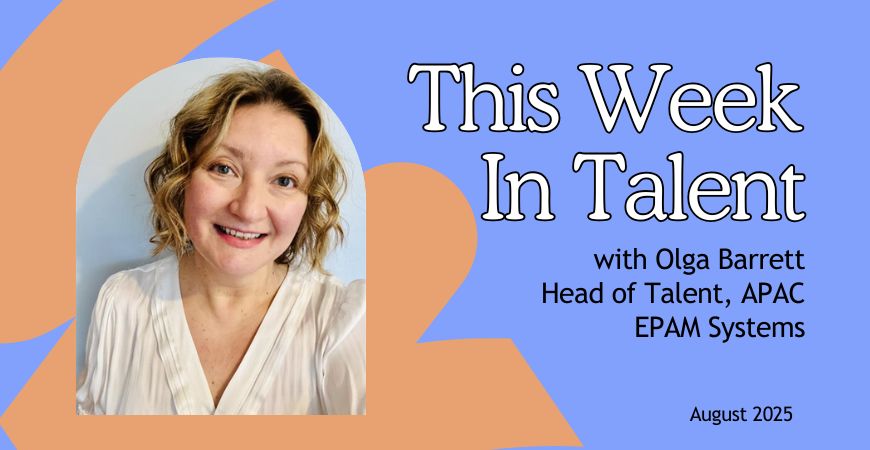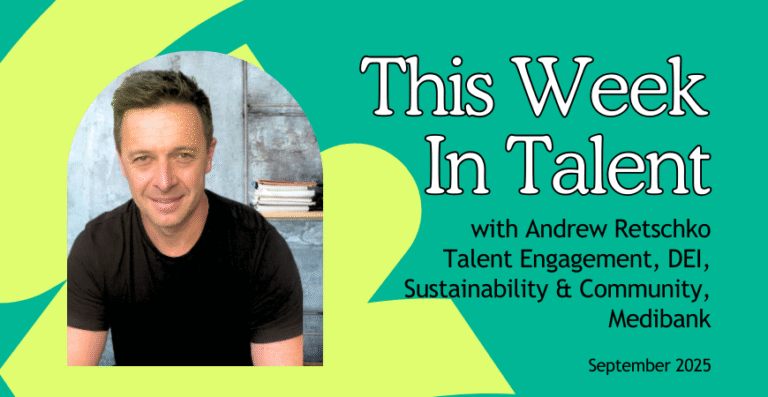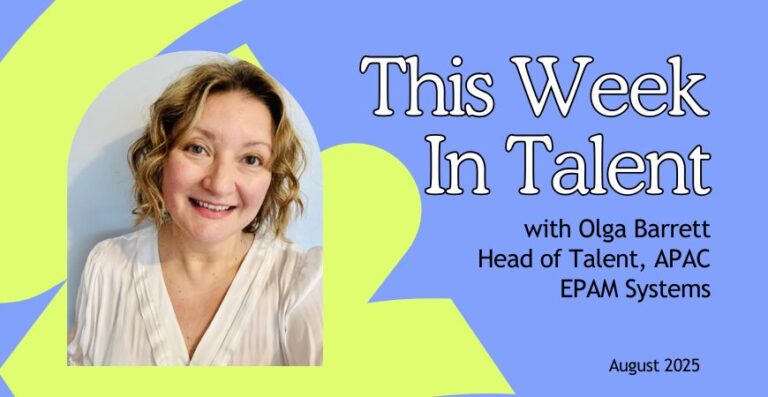We’ve all been through it – TA leaders asking for a seat at the table and then being treated as children who should be seen but not heard. Why does this still happen, and what can be done to change this perception?
People can be arrogant. Many think recruitment isn’t an art in itself and requires the combined IQ of two grapefruits to be successful. That’s how we end up with gems like: “There are billions of people on earth-why can’t you find me one?” and “But my friend runs a crypto startup, and they have no problem…” – delivered with that perfectly vacant expression. But what can we do? What should we, as TA leaders, do better?
What measures our success? The right metrics.
If it’s just volume of hires, we’re in trouble. Rarely will an organisation properly define the scale and complexity of the roles we hire, but we should at least distinguish which ones bring direct or indirect revenue. This exercise is easier for consultancies, RPOs, and agencies – their business revolves around the workforce itself. But even in a product or service company, it helps to remind everyone that people don’t magically appear in the office – everyone is brought in by TA.
Here’s the formula:
– Direct Revenue Roles (Sales, Business Development): Calculate average first-year revenue per hire using: (Total team revenue ÷ FTEs) × TA-sourced hires.
– Indirect Revenue Roles (Product, Engineering): Apply revenue allocation factors (typically 30-70% of direct roles).
Despite many TA leads despising cost-per-hire metrics, you need to know how to calculate and influence them – this is the number your budget hinges on. Calculate and aggressively manage your true CPH (including tech, salaries, overhead). Benchmark against industry standards. Focus on value per hire (quality, retention) beyond just cost.
Practical advice: Power BI is a great tool if your ATS lacks built-in metrics. Even if it doesn’t, create your own dashboards in Power BI. Get a licence for someone in your Ops team and have them trained.
Money Matters
Unfortunately, many TA leaders don’t own their budget. Yet, strategic planning starts here-once you understand the company’s financial goals, what your team must deliver, and the associated costs, the rest of the financial metrics fall into place.
Practical advice: Partner with a financial analyst in the FP&A team before you become best friends with the CFO.
Workforce Planning & Management
With budgeting comes planning-how many people you’ll need to hire next financial year. Account for attrition, promo cycles, grad programs, bench (if applicable), and relocations. Without a dedicated WPM, collaborate closely with HR, Mobility, and Business to avoid last-minute “We need 40 developers in 10 days” requests.
Practical advice: Start with a WPM dashboard if you don’t have a dedicated role.
Data Maturity
43% of TA organisations lack basic analytics capabilities (Bersin by Deloitte) – troubling since without proper data infrastructure, TA can’t demonstrate how hiring impacts business outcomes. The key is distinguishing which metrics improve our processes versus what matters to the business.
Show stakeholders you don’t just bring in candidates – you capture market data on talent pools, salaries and industry trends.
- Track Core Metrics: Time-to-Fill, Time-to-Hire, Cost-per-Hire, Source of Hire, Quality of Hire (retention, performance), Hiring Manager Satisfaction, Candidate Satisfaction, Offer Acceptance Rate, Pipeline Health.
- ROI Focus: Demonstrate business impact – revenue from hires, productivity gains, reduced vacancy costs, improved diversity.
- Predictive Analytics: Move beyond reporting to forecasting needs and identifying bottlenecks.
Practical advice: Master data storytelling. In Agile recruitment, recruiters must regularly present and explain metrics – this reveals what numbers truly matter.
Consultative Model
Adopting Agile recruitment helps establish proper talent advisory – having meaningful dialogues with stakeholders before requisitions open. Regular structured updates (“Where we are”, “Progress”, “Next steps”, “Blockers”) prove immensely valuable.
Practical advice:
Clearly articulate your unique value – speed, niche expertise, rapid market launches, volume hiring with quick ramp-up. Speak the business’ language – employer branding enables better hiring, it’s not the end goal.
Build Scalable, Efficient Teams
Would any company expect the same people to handle sales, marketing, finance, production, procurement and logistics? Unthinkable! Why should recruiters be different? After all, recruitment involves much more than recruiting. Whether local or global, your team architecture strategy might require:
- An evolving talent mapping matrix (tracking capabilities and priorities)
- Specialisation by function, industry or seniority
- Roles that play to strengths – not all recruiters excel at data or social media
- Dedicated Ops (data, vendors, analytics, scheduling, onboarding) and Marketing (content, socials, referrals, EB, awards)
- A killer sourcing team
- Executive recruiters for business or/and top-tier roles
- Technology to automate wherever possible
- Trusted external partners for demand fluctuations
Final practical advice: Pilot new tools, sourcing channels, and models. Foster agility-test multiple approaches simultaneously to identify what works, because competition is real, and there will always be a bunch of ‘nay’ sayers. But we do stuff regardless. After all, according to T. Pratchett: “It’s not worth doing something unless someone, somewhere, would much rather you weren’t doing it”.







